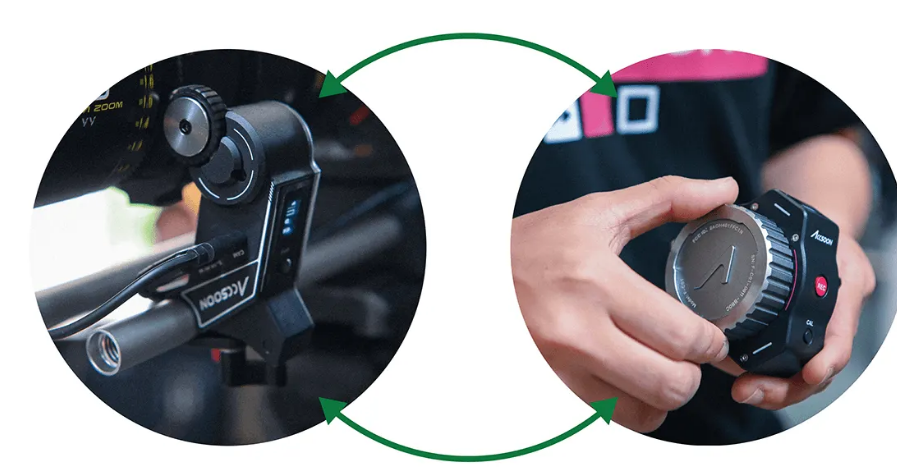As the world delves deeper into the digital era, gadgets like iPads have become indispensable. These devices are not just portals to the internet but extensions of the workspace, entertainment platforms, and tools for unlimited creativity. However, amidst these progressive functionalities, concerns about the physical durability of these devices, particularly the propensity for iPad screens to accrue scratches, persistently arise.
The integrity of the iPad screen is foundational to its operation, given that it serves as both the input method and the display. Apple has incorporated robust materials like aluminosilicate glass in their screens, a compound touted for its resistance compared to conventional glass. While this component is incredibly sturdy under typical usage, the question of whether it can scratch easily often depends on various factors, including environmental conditions, handling practices, and the presence of abrasive particles that might come into contact with the screen.
In circumstances involving high-intensity environments, where devices are susceptible to harsh physical contact - such as in filmmaking or field journalism - the risk of scratching your equipment, including iPads, increases significantly. It is in these scenarios that additional protective measures are highly recommended. For instance, many professionals safeguard their devices with screen protectors, rugged cases, or even utilize specialized equipment.

One such specialized piece of equipment is a wireless camera transmitter and receiver. This technology, particularly useful in fieldwork, allows for the transmission of video feeds from a camera to a display device like an iPad, used often for real-time monitoring or remote control purposes. Incorporating a wireless camera transmitter and receiver setup in such operational conditions reduces the need for physical interaction with the iPad screen, subsequently minimizing the risk of scratches or other damage.
Moreover, utilizing wireless transmission equipment alleviates the need for constant handling of the tablet, limiting its exposure to potentially harmful elements. This way, operators can place their iPads in secure locations, where the chances of screen damage are drastically diminished.
In the realm of on-set technology and beyond, it is essential to recognize that while companies like Apple design their products, iPads included, for durability, the conditions of their usage play a critical role in the preservation of their physical state. As such, integrating advanced technology solutions like a wireless camera transmitter and receiver not only optimizes the workflow but also contributes significantly to prolonging the lifespan of auxiliary devices by reducing the wear and tear associated with manual operation.
The susceptibility of an iPad screen to scratches is, therefore, not just a question of material strength, but also one of operational environment and protective measures. By understanding and implementing these protective strategies, users ensure their devices continue to serve as reliable, high-performance tools in their respective activities.